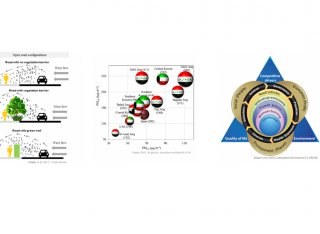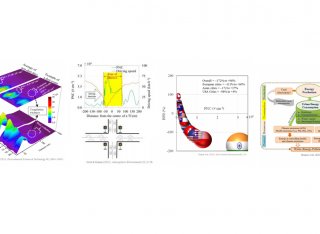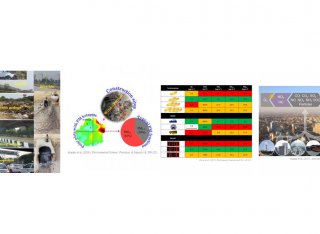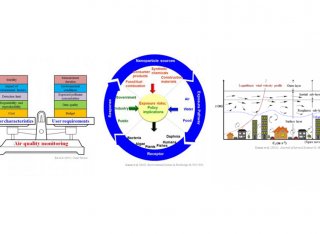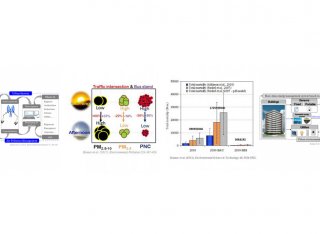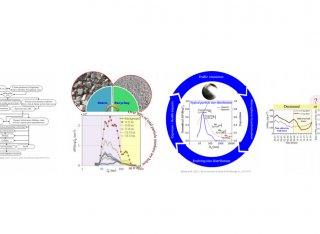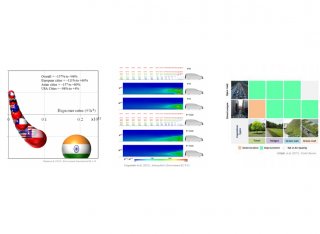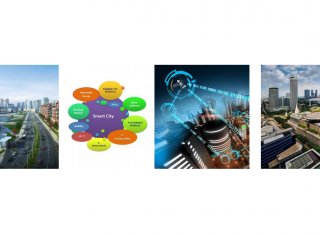

Research
Working towards a vision of pollution-free urban and rural environments, our focus is to understand the impact of both conventional and emerging air pollutants from transport, industrial and non-vehicle sources, air quality, public health and the built infrastructure.
We are looking at developing engineering driven solutions and regulatory strategies for their mitigation by means of advanced measurements and modelling techniques.
Making an impact
Professor Prashant Kumar discusses his work on mitigating air pollution on the local and international stages.
Research areas
Particulate matter
- Aerosols
- Ultrafine particles
- Nanoparticles
- Engineered nanoparticles.
Cities and megacities
- Low-cost sensing
- Energy-pollution nexus
- Emission modelling.
Smart cities
- Environmental sensing
- Urban mobility
- Transport accessibility.
Indoor air quality
- Sources and control measures
- Biophilia
- Exposure assessment
- Ventilation and interzonal flows
- Building airtightness and Infiltration
- Filtration
- Standards, regulation and certification schemes
- Post-occupancy evaluation
- Health, wellbeing and comfort.
Outdoor air pollution
- Sources and control measures
- Processes
- Exhaust and non-exhaust emissions
- Dispersion modelling
- Exposure and health impact assessments
- Effective chimney heights
- Standards and regulation
- Meteorological measurements.
Gaseous pollutants
- Nitrogen oxides (nitrogen dioxide, nitric oxide)
- Carbon monoxide
- Carbon dioxide
- Ozone
- Sulphur dioxide
- Volatile organic compounds
- Formaldehyde.
Built environment
- Green infrastructure
- Green/grey infrastructure interactions
- Air pollution impacts on built infrastructure
- Nature-based solutions (green, blue and hybrid approaches)
- Sustainability.
Natural environment
- Biogenic
- Peatlands
- Wildfire and other naturally occurring phenomena which have a significant impact on rural/urban environments
- Scenario and impact modelling of natural hazards.
Viruses
- Covid-19
- Airborne transmission and infection
- Social distances
- Ventilation requirements
- Filtration
- Face masks.
Interfaces of air pollution
- With water, energy, land use
- Nanotechnology
- Transportation
- Built infrastructure.
Co-pollutants
- Noise
- Light
- Global climate related pollutants (eg. CO2 and CH4).
Climate change
- Greenhouse gas emissions
- Weather and climate related natural hazards (floods, droughts, heatwaves)
- Climate-proof nature-based solutions.
What we are researching
We have numerous case studies to support our research areas and we are also working to support the fight against Covid-19 with various projects in collaboration with partners around the world.


